Neuroscience
-
 Health & Medicine
Health & MedicineBrain’s support cells play role in hunger
Once considered just helpers for neurons, astrocytes sense the hormone leptin and can change mice’s appetites.
-
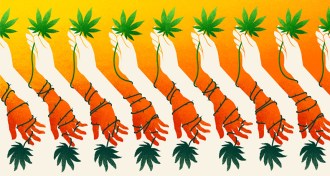 Neuroscience
NeuroscienceLegalization trend forces review of marijuana’s dangers
Marijuana legalization advocates tout pot’s medicinal benefits and low addictiveness, while critics point to its neurological dangers. Research shows that the reality is somewhere in the middle.
-
 Cosmology
Cosmology2014 Kavli Prize winners announced
Cosmic inflation, nanoscale imaging and a better understanding of memory earn million-dollar honors with the Kavli Prize.
-
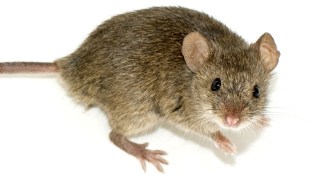 Neuroscience
NeuroscienceLife span lengthens when mice feel less pain
When rodents are missing a sensory protein, their metabolism revs up and they live longer.
-
 Life
LifeA slow heartbeat in athletes is not so funny
Endurance athletes often experience sinus bradycardia, a slow heartbeat. A new paper shows this effect may be due to changes in the “funny channel” of the sinoatrial node.
-
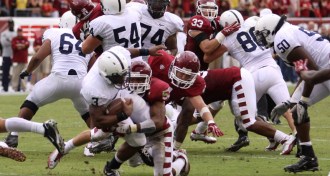 Neuroscience
NeurosciencePlaying football linked to brain changes
Division I college football players have smaller hippocampi, especially if they’ve had concussions.
By Nathan Seppa -
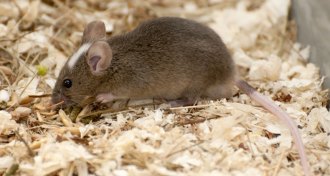 Neuroscience
NeuroscienceTo pee or not to pee
Mice recognize others’ scents through proteins in urine, suggesting that mouse pheromones produce more complex behaviors than previously thought.
-
 Neuroscience
NeuroscienceBirth of new brain cells might erase babies’ memories
The growth of new neurons in early childhood may explain why adults can’t remember being infants.
By Meghan Rosen -
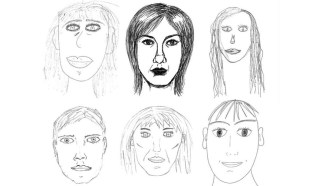 Psychology
PsychologyWhy every face you draw looks a little Neandertal
Just about everyone draws faces with the eyes too high and a low Neandertal forehead, maybe because of the way we perceive the shape of the head.
-
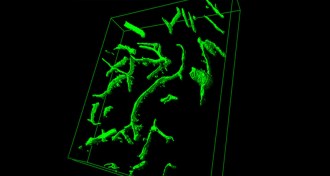 Neuroscience
NeuroscienceYoung blood proven good for old brain
Blood — or one of its protein components — restores some of youth’s vibrancy to elderly mouse brains.
-
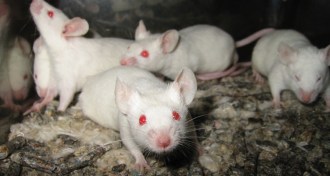 Neuroscience
NeuroscienceYou smell, and mice can tell
A new study shows that the smell of a man causes stress in lab mice. The findings show scientists have yet another variable to control: the scientist.
-
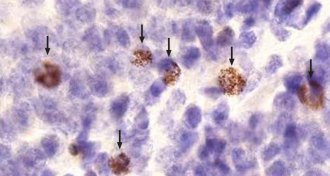 Neuroscience
NeuroscienceYoung rats that use their brain keep more cells alive
Learning a task helps just-born cells survive in a learning and memory center of the rat brain.